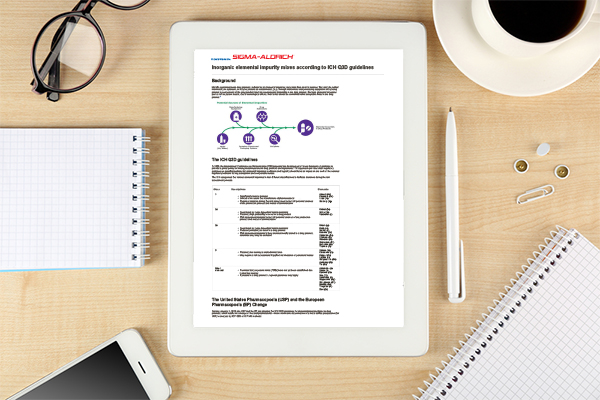Article: Inorganic elemental impurity mixes according to ICH Q3D guidelines
Posted: 25 June 2019 | Merck | No comments yet
Metallic contamination in drug products, referred to as elemental impurities, may arise from several sources. They may be added intentionally in synthesis, or may be present as contaminants, (e.g., through interactions with processing equipment or by being present in components of the drug product) and are consequently detectable in the drug product.
Because elemental impurities pose a risk to patient health, due to toxicological effects, their levels should be controlled within acceptable limits in the drug product.
The ICH Q3D guidelines
In 2009, the International Conference on Harmonization (ICH) proposed the development of a new harmonized guideline to provide a global policy for limiting metal impurities in drug products and ingredients. This approach provides clear regulatory guidance on specification limits for elemental impurities worldwide and logically should have an impact on the work of the national regulatory bodies in having transparent and comparable results. The ICH categorized the various elemental impurities in four different classifications to facilitate decisions during the risk assessment process.
Please read and download the full Article below:
Related content from this organisation
Related topics
Impurities, Ingredients, Regulation & Legislation, Toxicology










